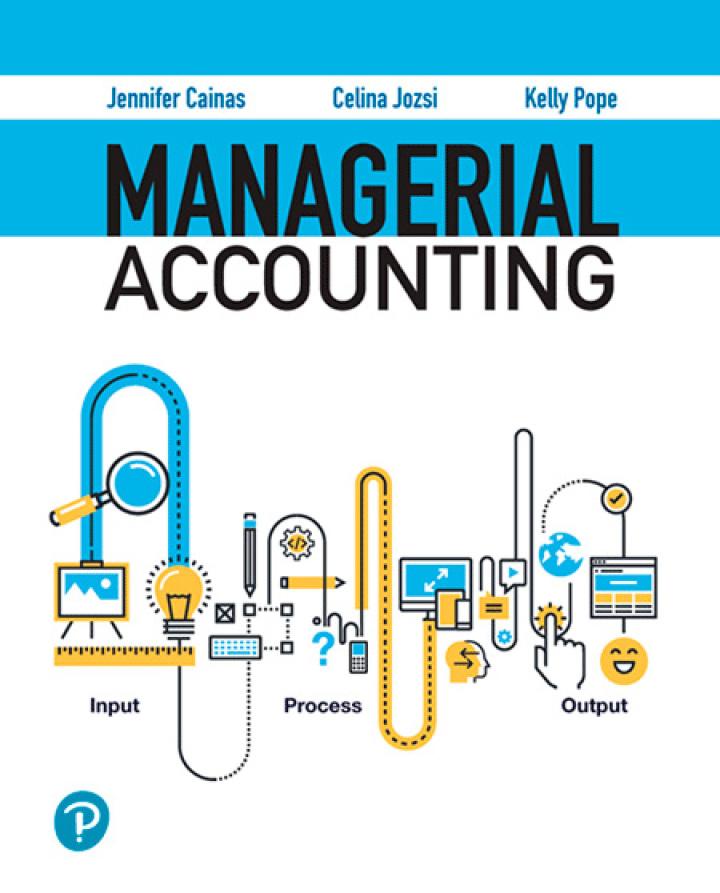Answered step by step
Verified Expert Solution
Question
1 Approved Answer
Please answer and explain Lab Report Resistors in Series and Parallel Objectives Investigate the series and parallel combinations of resistors. Apparatus Two resistors Ri and
Please answer and explain
Lab Report




Step by Step Solution
There are 3 Steps involved in it
Step: 1

Get Instant Access with AI-Powered Solutions
See step-by-step solutions with expert insights and AI powered tools for academic success
Step: 2

Step: 3

Ace Your Homework with AI
Get the answers you need in no time with our AI-driven, step-by-step assistance
Get Started



